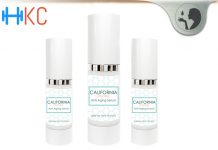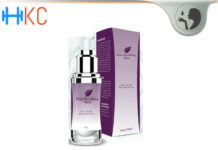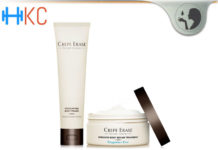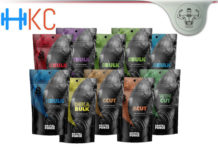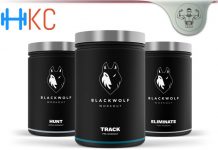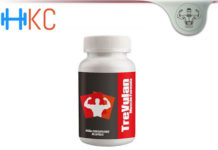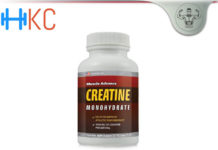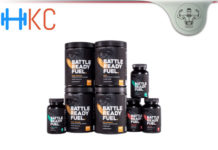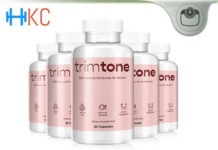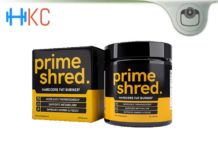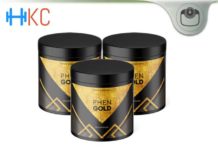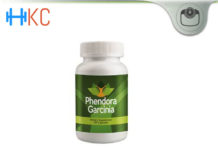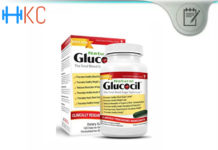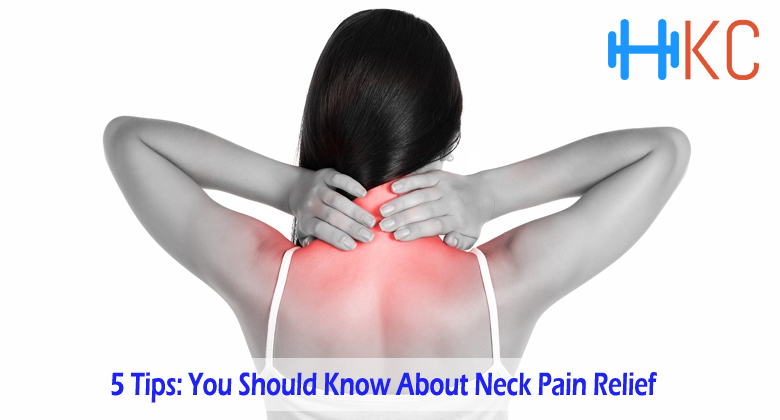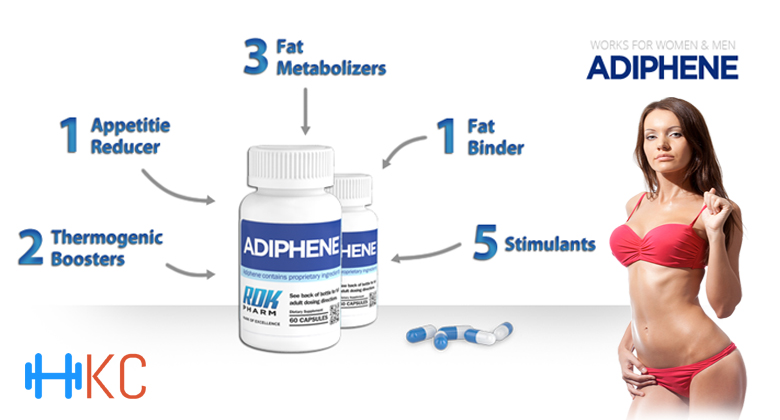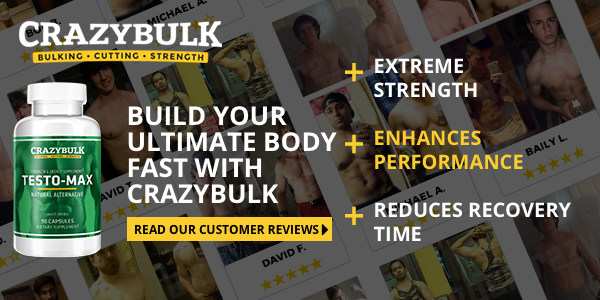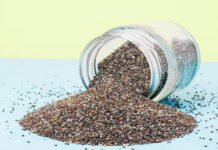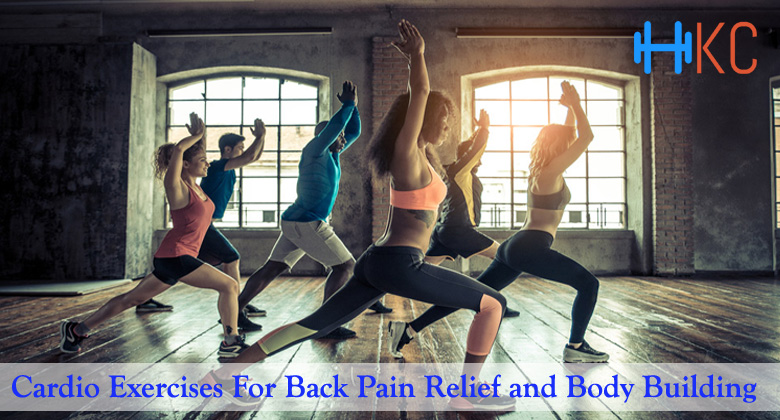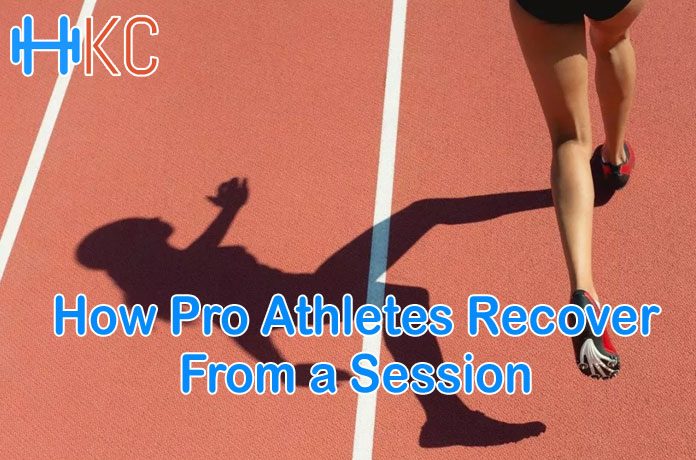
How Pro Athletes Recover From a Session
One thing that’s true for anyone, in any condition, and from any background is that working out is good for you. But one thing that really can prevent us from gaining the appropriate benefits from this is if we neglect our recovery as this can lead to injury, soreness, and de-motivation.
So with this in mind let’s take a look at how the professionals recover from their sessions. A pro athlete will benefit from all of the latest research and thinking on this and the added advantage of having a coach to plan it out for them, but we can still look at their methods and see if any of them can help us. These tips and hints he proved invaluable to so many casual fitness fanatics , gym-goes and amateur athletes.
Hydration
This is an obvious but often overlooked one here. If you are dehydrated, then you are going to find recovery much more difficult, it causes dizziness and nausea and can give you muscle cramps as well. You can simply use water but there are also lots of sports drinks designed to replace salts and other minerals to consider.
You really need to look at a couple of different things here electrolytes and carbohydrates, the first is good for muscle recovery and prevention of injuries and the carbohydrate portion gives extra energy for recovery.
Cool Down Session
It’s essential to always have a cool-down session after exercise and especially if it’s high-intensity session. It allows you to stretch your muscles and ease them back into a normal state, you are slowly cooling body temperature as well. The older we get the more important having a proper cool down is but it’s a good habit to get kids to even do. What to do as a cool down is a good question to ask.
It depends in a lot of ways what you have been doing, so you should think carefully about what muscle groups you have been using most. So if you have been playing an hour of soccer then the leg muscles will be in need of most recovery. You could start with some light running, not too exertive as this will not help you cool down.
Then there is always some stretching, more dynamic than static stretches are good here as you are not gearing up for performance you are more looking to get ready for a return o normal life and prevent injury mostly.
Ice & Cold
Using ice or cold to help muscles to recover is very common and the simple version of this is using small ice packs on any sore or stiff areas. Athletes often use ice baths to help muscle recovery, but the one disadvantage of this is that it’s incredibly cold and so is very uncomfortable but what if you could get a quicker and more efficient method of getting the same effect, cryotherapy near Avondale offers this option.
There was a time where cold treatments were considered unusual but they have actually been around for quite some time now and are very effective as it’s important that muscle recovery is as complete as possible and it’s been shown that over the longer term that these treatments can give you a good mental attitude for the future as well as having a healthier body which is more resilient as you get older.
Diet & Nutrition
We’ve already covered hydration, and it’s important to drink but there is also post-exercise nutrition to consider as well. Nutrition requirements post-workout fall into 3 categories, carbohydrates, proteins, and healthy fats. You always read about protein and how long after exercise the window of effectiveness is.
But the other groups are just as important not to neglect. Like in life, eating well after exercise is a balancing act and if you get this wrong then you are not going to get the most you can out of your training. There are many ways that a proper diet and good nutrition can help you in your sporting performance, firstly it’s good to keep your weight down as any extra mass when trying to perform in any physical activity can hold you back.
There are a few exceptions where being heavier can actually be an advantage but it is also important to do this in the correct way, if you are a football player, for example, then you will need to be bigger, however putting on the wring type of weight will also slow you down.
Massage & Other Treatments
There is often a need for intervention to prevent injury, this is key as prevention is often much more effective than treatment. A simple sports massage can ease the muscles and help loosen up any knots and tension that, over time, can lead to injuries. One new treatment that’s been seen in recent years is light therapy. This is a new one but feedback seems to suggest it helps release endorphins in the brain and can help with a whole range of issues.
There is a wide variety of massage types and it can really change the effectiveness of the whole process if you choose the correct or the wrong type. It depends a lot about what stage of training you are at, is after a huge performance or effort and then you need a recovery massage, you may be recovering from injury and in this case you may need to describe to your therapist what you are recovering from and this gives them the info on where to concentrate on or where to avoid. Your masseuse should also be well informed as to what type of sport or activity you have been engaging in as this will give them the info to work with to best suit your session to your individual needs.
Assessment of the Session
Once you are finished it’s good to assess how you performed in your session. This can be broken down into two different areas. You need to properly and fully look at both your physical performance and your technical or tactical gains and achievements.
So let’s take the example of a rock climber who has been out for an afternoon on the crag looking to stretch their grading and make gains on some routes that they have been struggling on.To asses their physical performance they need to look at the duration of the session and see how they felt and how they performed as time went on? If they notice that they started out hitting the targets that they were setting for themselves but then as the afternoon progressed it was becoming less and less so.
This is an indication that stamina is an area that needs to be worked on. The other area is technique,and this can affect your physical performance as well, they would make a list of all the climbs they failed on and why that was, was it a certain type of route or a particular type of hold? This info can help the climber create and execute a plan for progression and improvement. Over the long term this will make sure that future sessions are going to become more fruitful.



